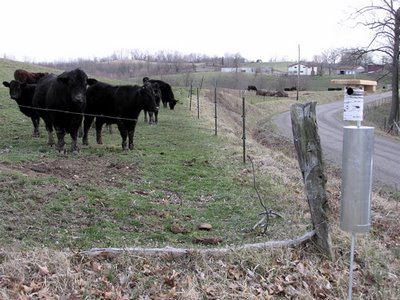 One of the things I love about running a bluebird trail is that it gives me an excuse to drive down Stanleyville Road a lot. Stanleyville Road has a lot going for it. It's beautiful and relatively unspoiled. There is a colony of red-headed woodpeckers in mature oak-hickory forest on the Warren Boys' land. I heard one call yesterday as I was out watching the cowboys run their cattle. These spectacular birds are vanishingly rare around here and disappearing fast. We treasure our local red-headed woodpeckers and bring lots of people out Stanleyville Road to see them.
One of the things I love about running a bluebird trail is that it gives me an excuse to drive down Stanleyville Road a lot. Stanleyville Road has a lot going for it. It's beautiful and relatively unspoiled. There is a colony of red-headed woodpeckers in mature oak-hickory forest on the Warren Boys' land. I heard one call yesterday as I was out watching the cowboys run their cattle. These spectacular birds are vanishingly rare around here and disappearing fast. We treasure our local red-headed woodpeckers and bring lots of people out Stanleyville Road to see them.We've put five new bluebird boxes up on the Warren land, just in time for the new season. Overnight, bluebirds started a nest in one of them!
I was out looking at the new boxes and was delighted to see Buck the Bull, who, thanks to my NPR commentary, is quite a famous guy.
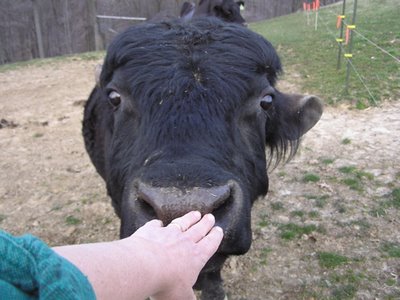 He's an exceptionally nice guy, too, and he licked my hand. Being a bull, he performed flehmen (a Dutch word for that weird face animals make when they're assessing pheromones).
He's an exceptionally nice guy, too, and he licked my hand. Being a bull, he performed flehmen (a Dutch word for that weird face animals make when they're assessing pheromones).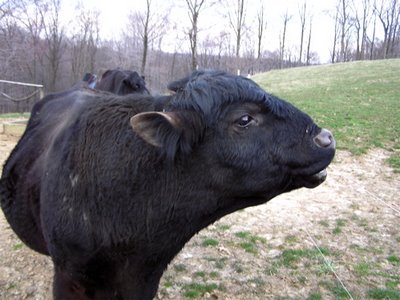 I guess he decided I wasn't all that interesting, because then he let me scratch his forehead.
I guess he decided I wasn't all that interesting, because then he let me scratch his forehead.Buck is 9, going on 10 now, which is old for an Angus bull, but he's still throwing calves. Jeff and Jay like him because he's so gentle. I like him because of what he did a few years ago. For those of you who haven't got audio capability, here's the transcript of my commentary, which aired on All Things Considered on November 2, 2005:
The Sentient Bull
On the country road that I take into town, there’s a beautiful pasture, dotted with multi-colored cattle. In the middle lies Buck, an enormous Angus bull with curly hair on his forehead. Lying in the green grass, he’s a big black rhombus, chewing his cud peacefully.
I always stop, roll down my window, and speak to Buck. He’ll roll an eye my way, and sometimes even get up and shamble a few steps toward me. I’ve got a soft spot for him.
A few years ago, Buck’s owner, an elderly farmer who kept his fences clean and pastures lush, was out feeding the herd when he suffered a massive coronary, and dropped in his tracks. The gate was open, and he lay where he fell, in the middle of the road. A passing motorist saw Buck standing over Dale’s body, and feared the worst. Ambulances arrived, and the bull, assumed to be the killer, was driven back into the pasture.
The paramedics worked on Dale there in the road, but it was no use. He’d died with his boots on, and everyone agreed that going that way beat any number of other scenarios.
As the ambulance pulled away, someone went to collect the bucket Dale had been using to give Buck his daily ration of grain. Buck was still standing, watching, and his grain was untouched.
Those of us who enjoy a nice Angus steak now and then would probably rather not know why Buck did what he did that day. That he may have been standing over Dale to protect him. That he may have understood what was happening. We may not wish for cattle to know so much, but they know. Theirs is a life that is all about death.
As jobs for cattle go, Buck has a good one. He’s a herd sire with twenty sleek wives, and a crop of frolicsome calves each spring. Now, Dale’s nephews are the ones who scratch his forehead and bring him treats. And, three mornings a week, there’s a lady who stops and talks to him. But his friend Dale won’t be coming back. That much, Buck knows.
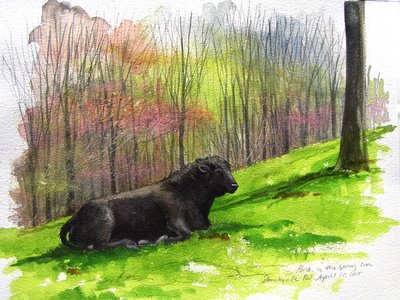
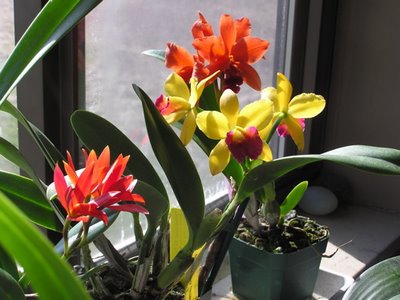
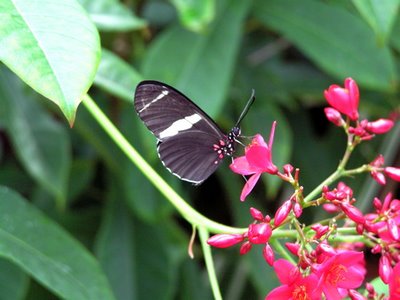
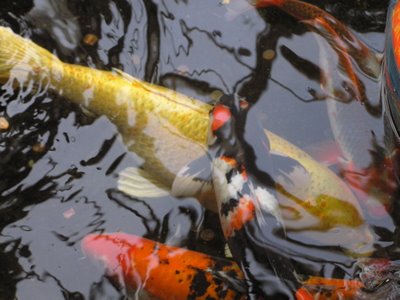
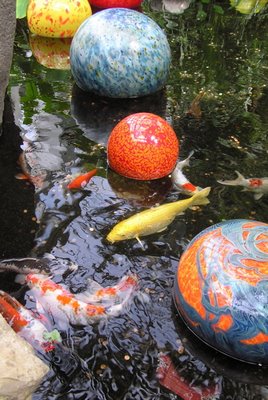
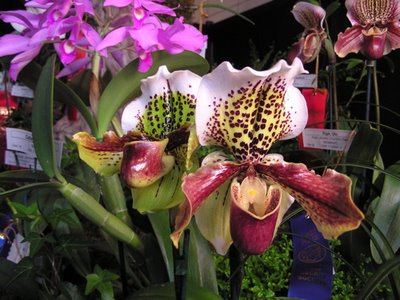
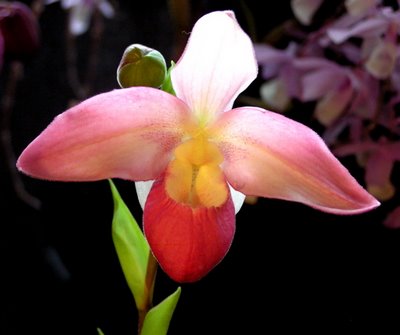
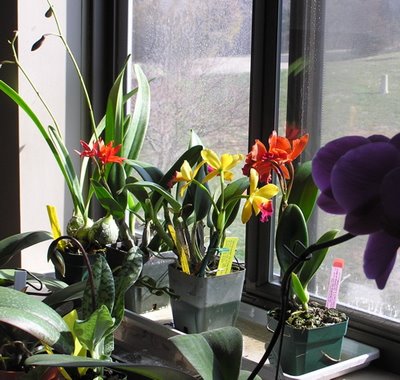
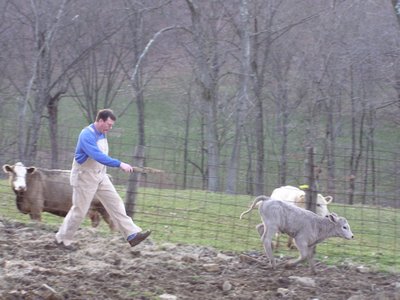
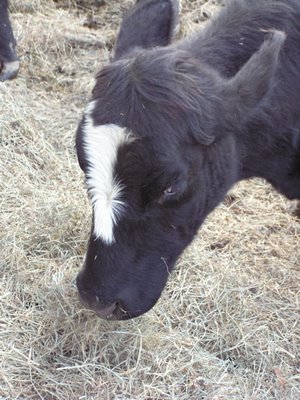
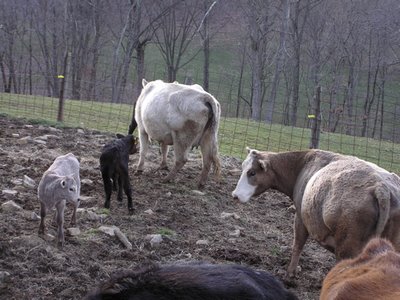
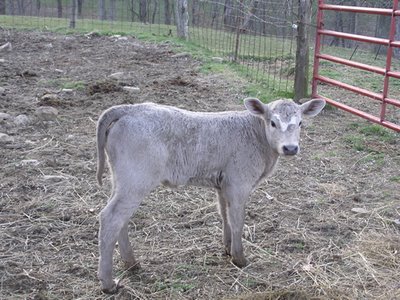
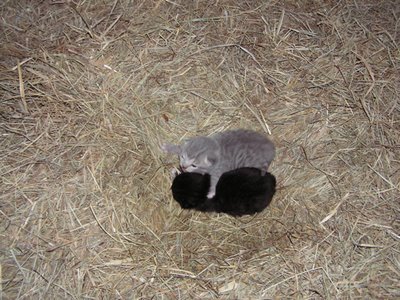
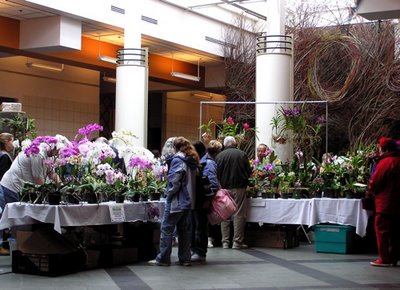
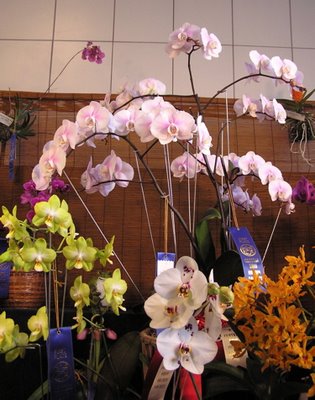

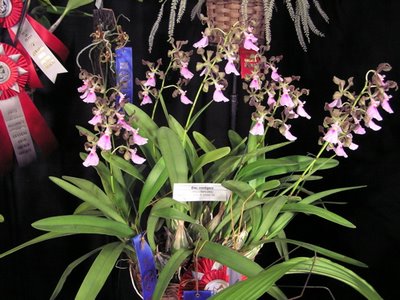
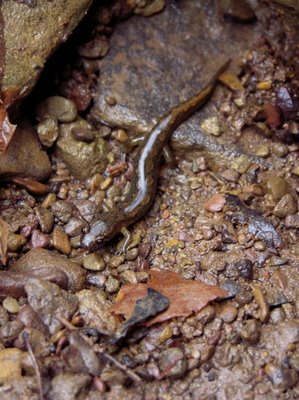
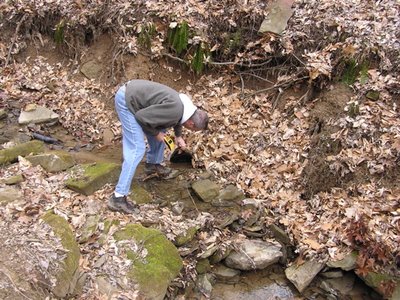
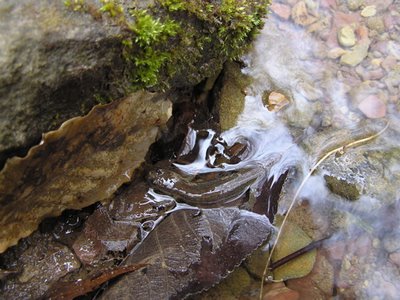
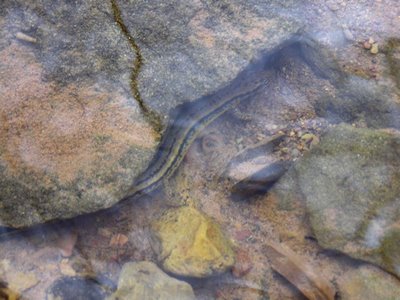
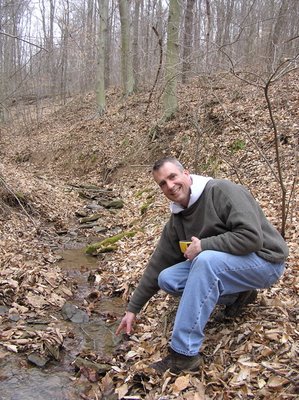


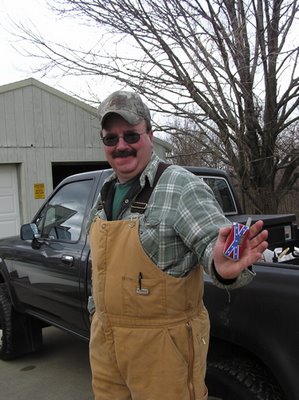
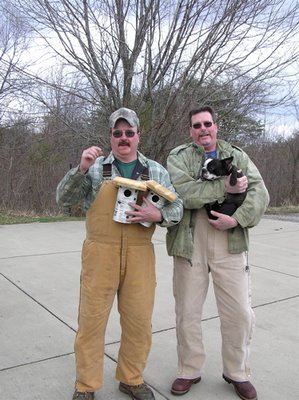
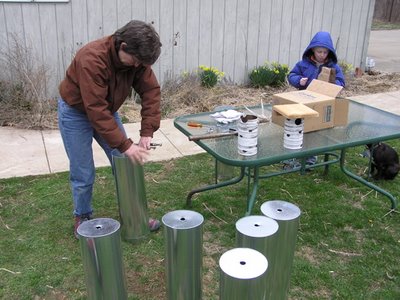
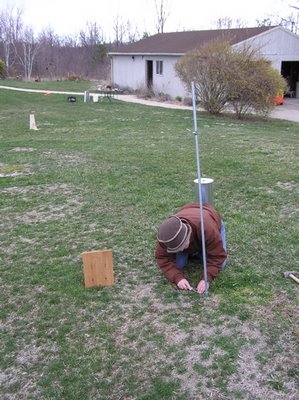
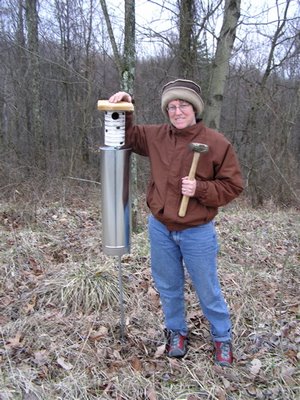

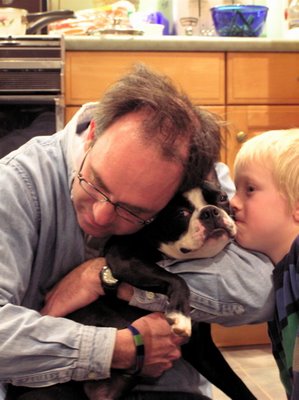

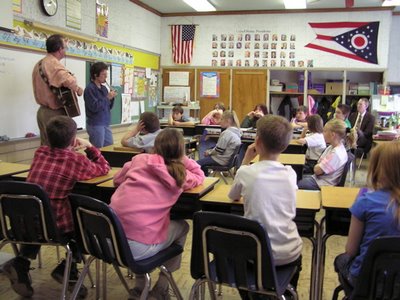
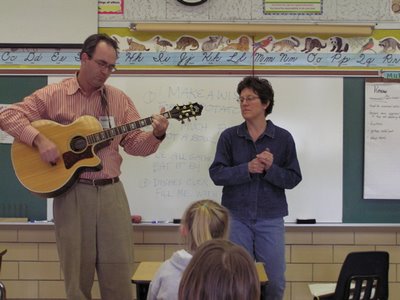
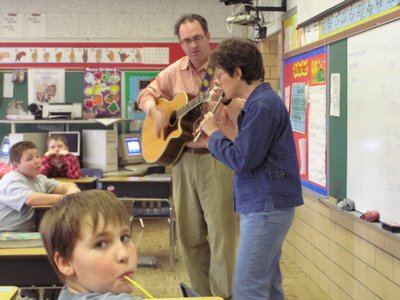


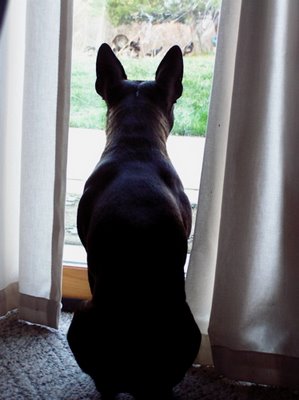
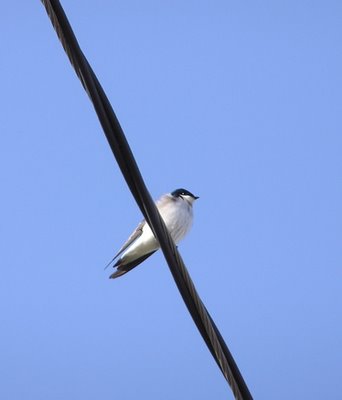
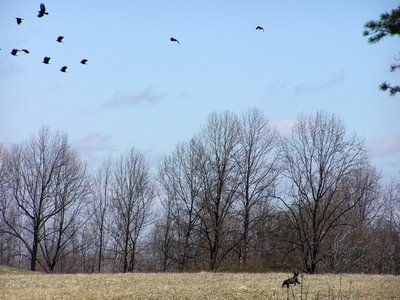
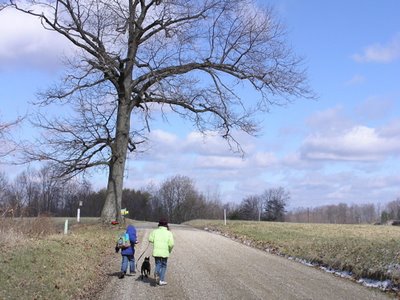

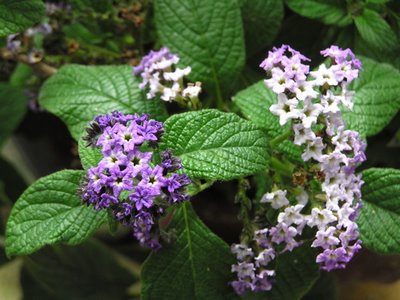
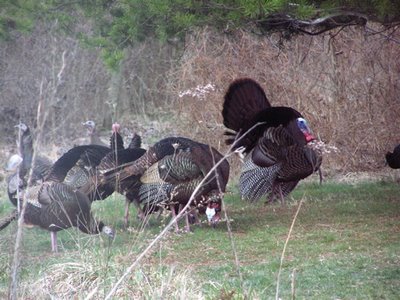
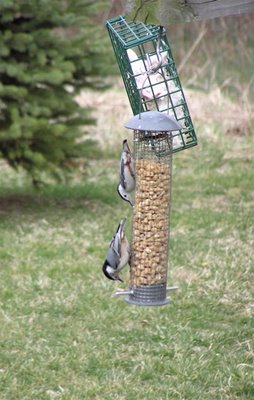

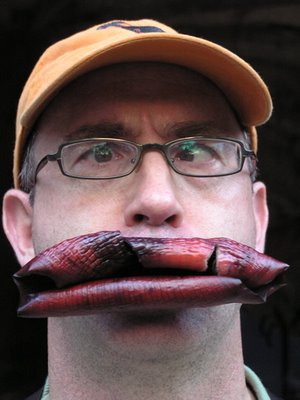
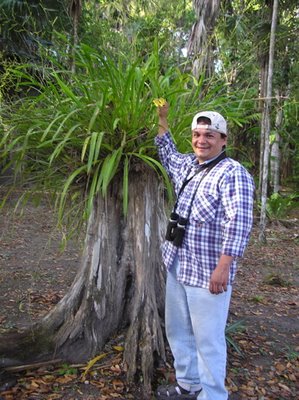

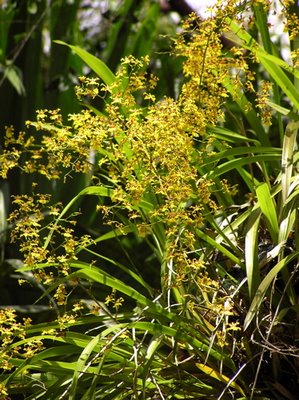
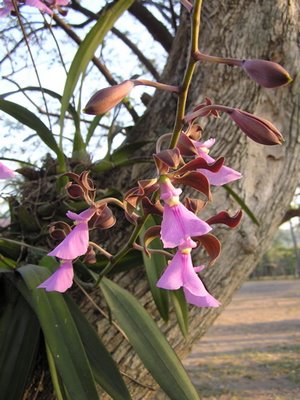






Friday, March 31, 2006
2 comments